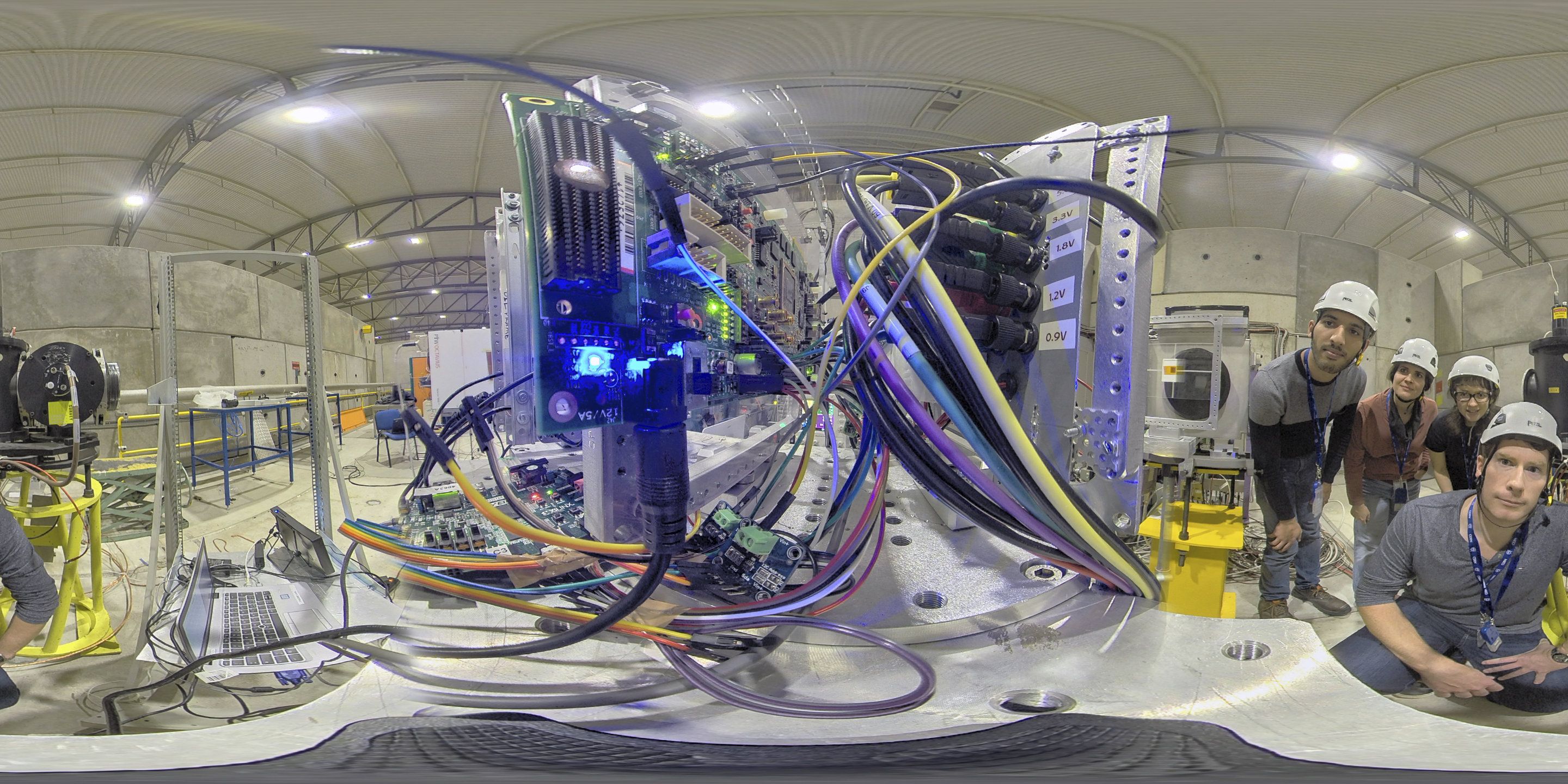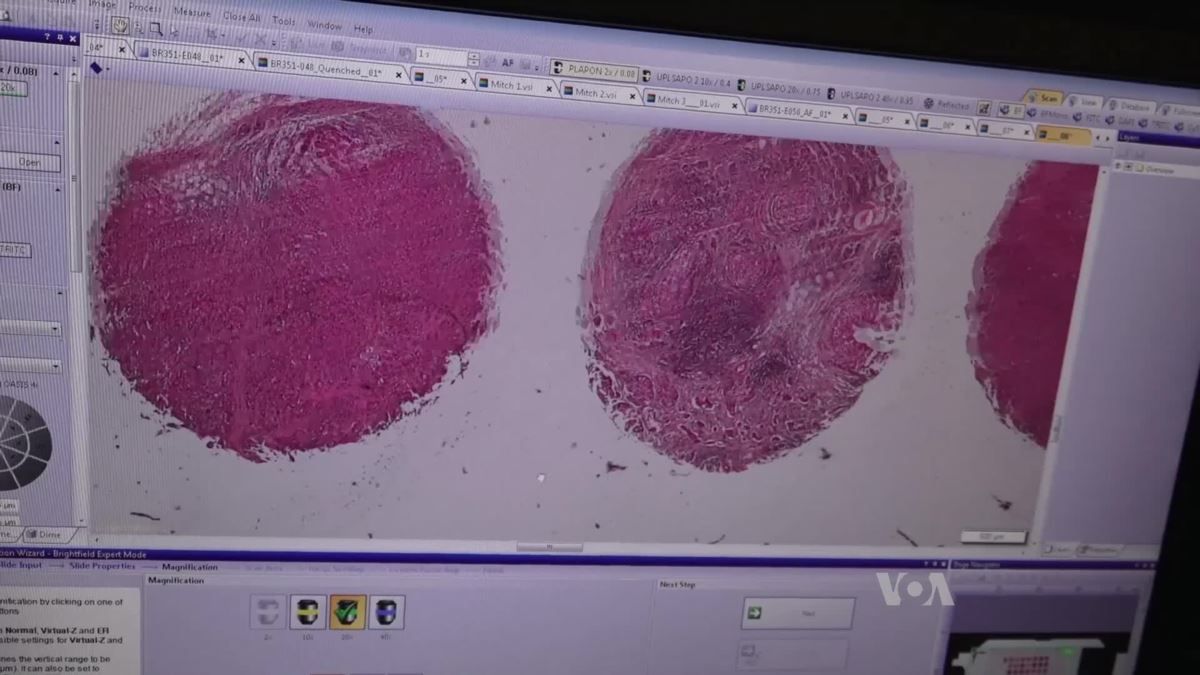https://paper.li/e-1437691924#/&h=AT3mdHzXuCejMgVQDYy6JiVw58…e-BeRlnE2g
“Our world is changing so fast… this year we have sessions on artificial intelligence, genetics and what the future holds for our planet. There is a new term now — cli-fi. We have a beautiful session on cli-fi, on what would happen if bees disappear.
”I feel at this moment in our country it is very very important to give impetus to empirical thinking,” the author of ”Paro: Dreams of Passion” said.
Nobel Laureate Venki Ramakrishnan will speak on the ‘Importance of Science’, cosmologist Priyamvada Natarajan on ‘Mapping the Heavens’ and professor of AI Toby Walsh on ‘How the Future is Now’ among others.





